“Research proves that access to books and providing students with choices in what they read improves students’ reading motivation, engagement and achievement. A well-curated classroom library offers students the support they need to become lifelong readers.”
–Donalyn Miller
When you build a classroom library filled with engaging books, students get excited about reading. But how do you build the classroom library that’s right for you? While every classroom is unique, there are several key areas every teacher will want to consider.
Use this handy classroom library reference guide to make sure your library features a wide and varied selection of authentic literature, giving you the tools you need to help students succeed.
How Many Books Should Your Classroom Library Have?
The short answer: you can never have too many books in a classroom library. Prefer an answer that’s a little more concrete? Here’s what some of our favorite experts have to say:
☐ Fountas & Pinnell recommend 300-600 books, depending on your grade level and quantity of each title.
☐ The International Reading Association suggests that classroom libraries start with at least seven books per child, adding two new books per child each year.
☐ Educator Kelly Gallagher has thousands of books in his classroom library. “There is something powerful about surrounding students with interesting books. I have 2,000 books in my room, and because of this, students do a lot more reading,” he writes in Readicide: How Schools are Killing Reading and What You Can Do About It.
What Types of Books Should You Include?
When it comes to classroom libraries, choice is key. The goal is to appeal to a wide range of readers, so think variety, variety, variety. Here are some questions to ask yourself as you decide which books to include:
☐ Do I have a good mix of fiction and nonfiction titles?
☐ Does my classroom library feature different literary genres to appeal to a wide range of student interests and support many different types of lessons?
✓ Traditional stories
✓ Short stories
✓ Fantasy
✓ Realistic fiction
✓ Historical fiction
✓ Poetry
☐ Do I have plenty of different informational genres in my classroom library?
✓ Biographies
✓ Autobiographies
✓ Narrative nonfiction
✓ Expository nonfiction
☐ Do I offer students books with different structures and in different formats?
✓ Picture books (yes, even for high school students)
✓ Chapter books or novels (if grade-level appropriate)
✓ Graphic novels
✓ Books with amazing photographs
✓ Books with text features like tables of contents, bolded vocabulary, glossaries, headings, timelines, graphs, etc.
✓ Books and texts that are primary sources
More Things to Think About as You Build a Classroom Library
While you’re thinking about the book genres and formats you want to include, you’ll also want to consider the content within the pages of those books.
☐ Do I have plenty of books in which students can see themselves and others?
All students should be able to find stories they can relate to personally, as well as stories that expand their world view. Ensure diversity in your classroom library by choosing books with characters of different:
✓ Ethnicities
✓ Social classes
✓ Family structures
✓ Places to call home
✓ Abilities and disabilities
✓ Ages
☐ Does my classroom library include new and up-to-date titles? Am I keeping it fresh?
✓ A classroom library is always growing and evolving. Some titles you’ll keep forever, but others you may decide to cycle in and out.
✓ New books get kids excited! Feature popular series with appealing covers and bright illustrations and add new titles on a regular basis.
✓ Informational texts can become dated quickly. Ensure that yours are current, so students get accurate and up-to-date information.
☐ Does this classroom library offer a wide range of reading difficulty?
✓ Leveled books at a range of Guided Reading and Lexile levels, at the right interest level for students at this grade level
✓ Mature content at a lower readability for high school students
✓ Difficult books in the elementary grades that are content appropriate
☐ Are the books in my classroom library compelling, with plenty of cross-curricular opportunities?
Real books can be used to teach any subject! Include titles to support learning in content areas such as:
✓ Government and civics
✓ Economics
✓ Geography
✓ Art
✓ Social and emotional learning
✓ STEM subjects like ecosystems, weather and engineering
✓ Math subjects like shapes, fractions and measurement
Have more questions about finding the right books for your classroom library? Give us a call at 800.444.0435 and talk with one of our title experts at any time! We’d love to help you discover the best books to engage your students as readers.


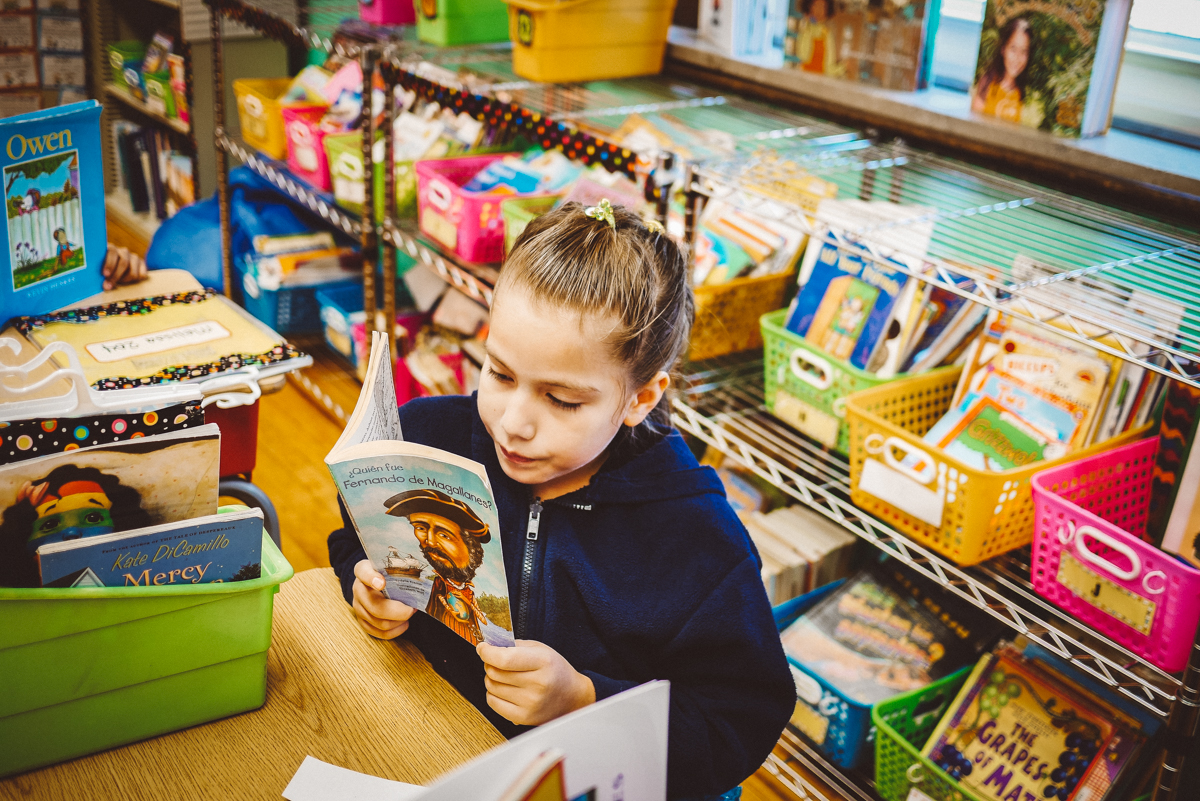
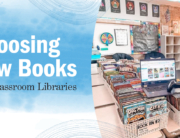
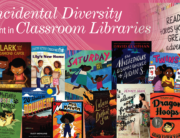

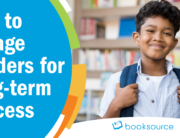
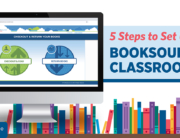
How do you encourage ad promote your school’s library? If you have hundreds and even thousands of books in you classroom library, how do you stress the importance of a central library as the “hub” of the school? Or even the use of a public library as a lifelong learning opportunity? Just curious.
[…] many books to have in our classroom library Scholastic suggests at least 20 books per student. Book Source Banter Blog includes more suggestions on how many books should be in a classroom library according to various […]